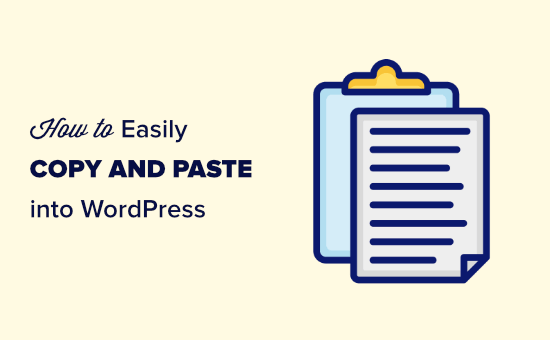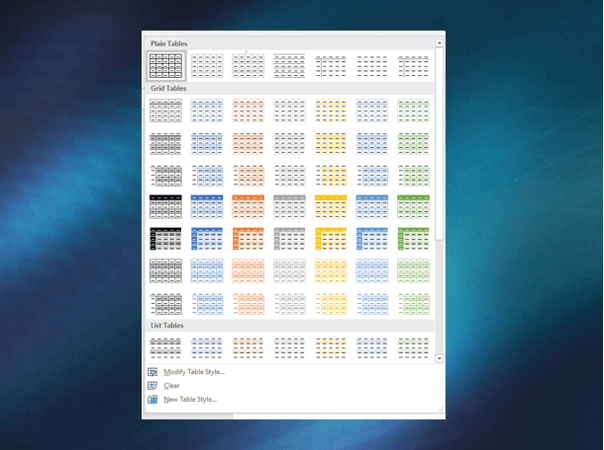

- #Make microsoft word remove formatting after copy and paste how to#
- #Make microsoft word remove formatting after copy and paste pdf#
- #Make microsoft word remove formatting after copy and paste software#
My usual response is “Get over it!” (I don’t usually get a good reaction to that advice!) But my opinion is that working on a document with the formatting marks turned off is like groping around in a dark room – you unwittingly bump into, trip over and break things.

The usual excuse is that seeing the formatting marks is aesthetically unappealing or distracting. I’ve noted that many young translators (and some older ones too) try to work in Word with this button switched to “Hide”. Toggling this button to “show” displays the document’s formatting marks (tabs, paragraph marks, picture anchors etc.) . You may need to copy & paste several individual sections, one at a time, to ensure you get the text flowing in the right sequence.)Ģ Make sure that you have Word’s “Show/Hide” button switched to “Show”.
#Make microsoft word remove formatting after copy and paste pdf#
You may find that the PDF won’t allow you to select paragraphs in the correct order. (Some care needs to be taken when selecting text in a PDF.
#Make microsoft word remove formatting after copy and paste how to#
There are a few steps involved in doing this – but they are all very simple – the only skills required are to know how to copy, paste and find & replace! Here’s how to do it: These mark the end of the real paragraphs. We need to get rid of the surplus paragraph markers (shown in the red circles below) – but we need to keep the ones marked in blue. We need to retain one critical piece of information – where the real paragraphs start and end! But this would make the whole document one huge paragraph.

Not at all! It’s easy enough to get rid of the paragraph markers (as we’ll see) using simple find & replace. You’ve now got editable text… But whoa! In the illustration above, you can see that there is a paragraph marker at the end of every line! The text doesn’t wrap properly in the Word document. margins, columns etc), but you’ll get the text with most of its formatting properties (fonts, text size, bold and italics etc): If you are able to select the text in a PDF with your mouse then you will be able to copy it and paste it directly into Word (if not, you should quickly abandon all hope!). Copying and pasting the text will not transfer the document properties (e.g. However, if Alejandro’s method fails, (and you really want editable text) then… Many translators just give up on trying to extract text from PDFs.Īlejandro Moreno-Ramos has the best possible solution: However, in my experience, it is very rare that the converted text is without some mucky problems.
#Make microsoft word remove formatting after copy and paste software#
Getting it into an editable format or getting it into a TM tool is not always straightforward. A quick search on Google will turn up a variety of different “PDF converters”. Some TM software tools will also convert PDFs into an editable format.

Many translators are dismayed when they discover that the source text is in PDF format – and for good reason. As an illustration, we’ll look at how to drop a PDF file into Word (and from there into a TM tool, if required). In this post we look how such simple skills can be used to solve some awkward problems. “But why would we ever want to do that?” they might ask. Like for instance knowing how to find and replace tabs or paragraph and line markers… I have often observed that while many translators and project managers may be skilled users of a number of sophisticated software tools, they sometimes lack some really simple skills in Word.


 0 kommentar(er)
0 kommentar(er)
